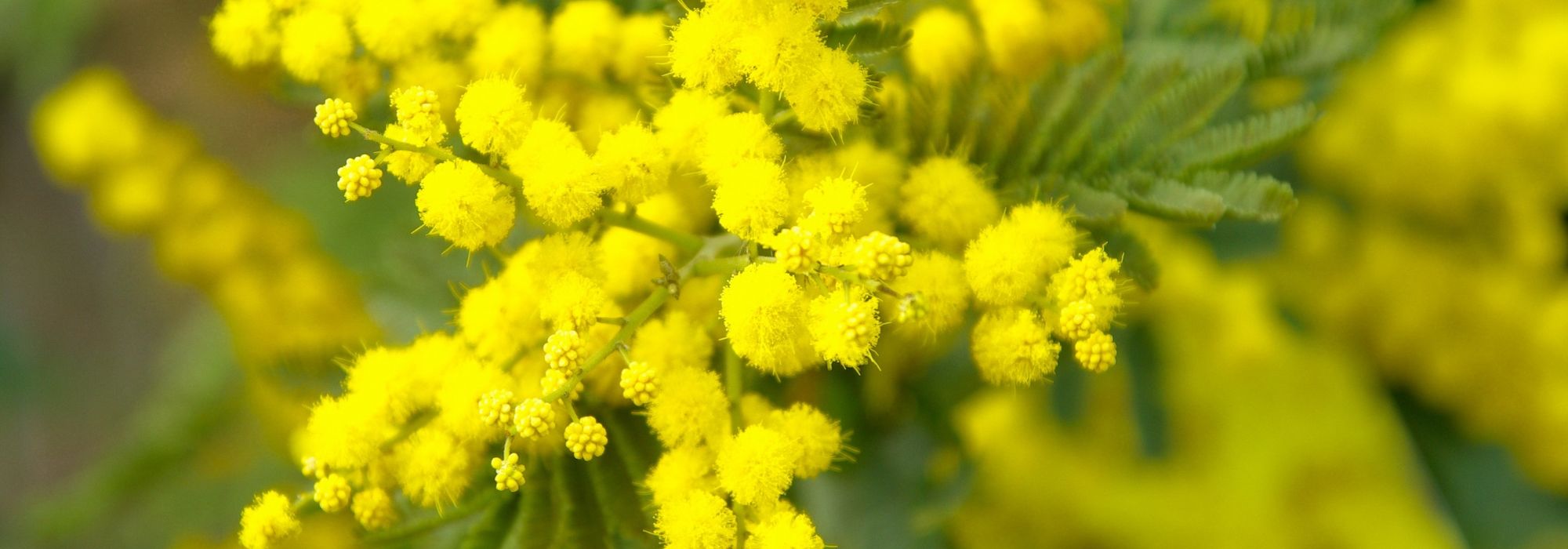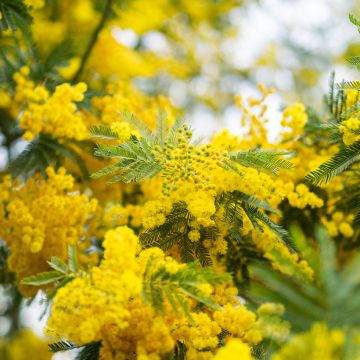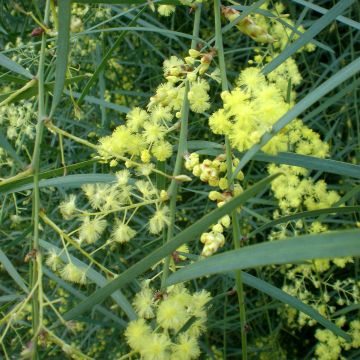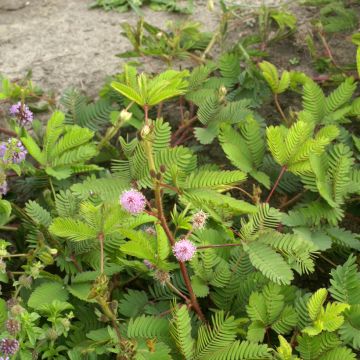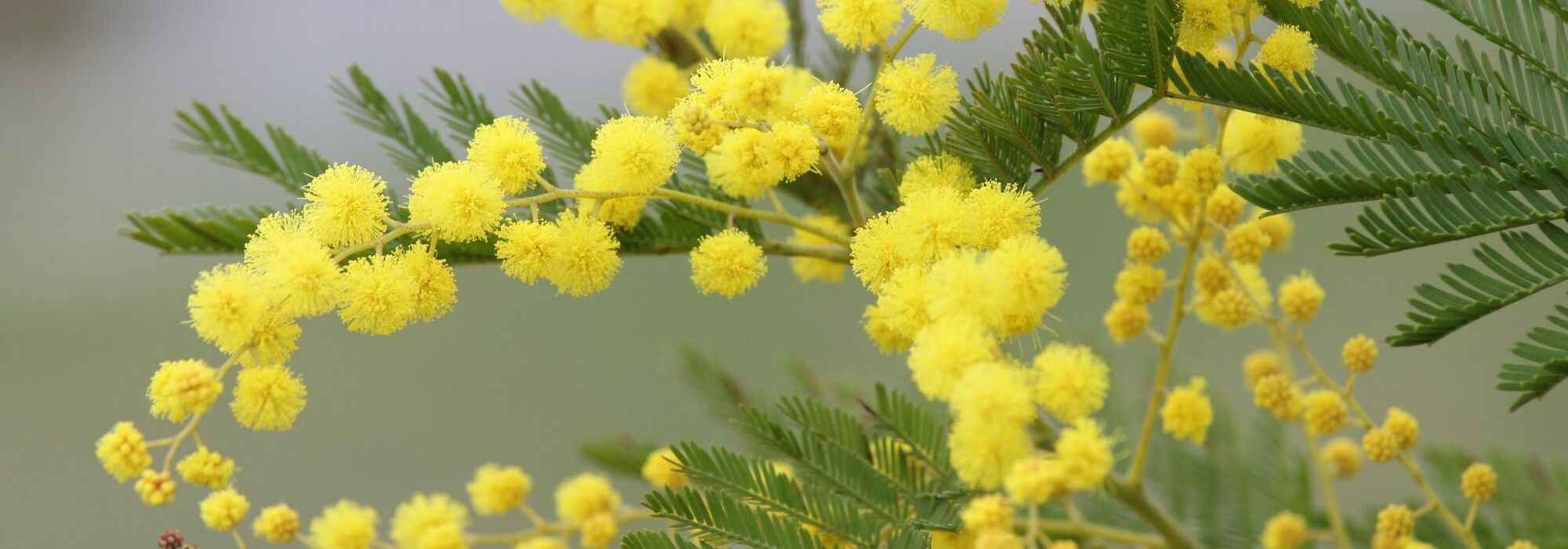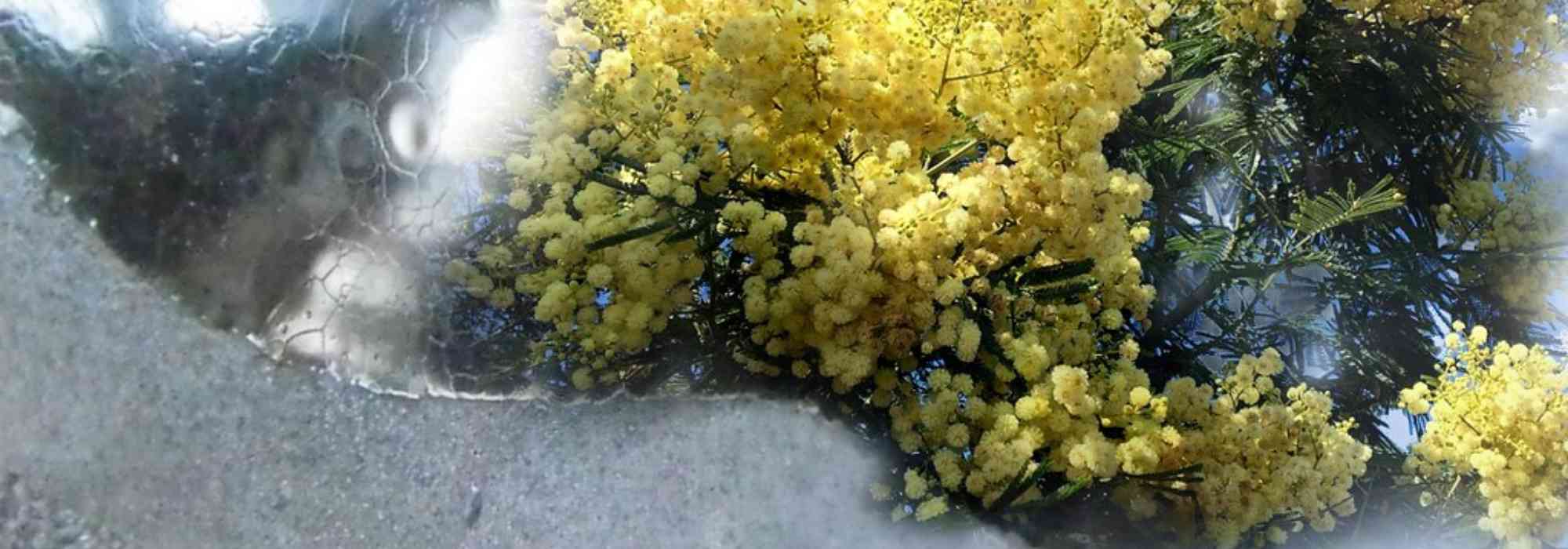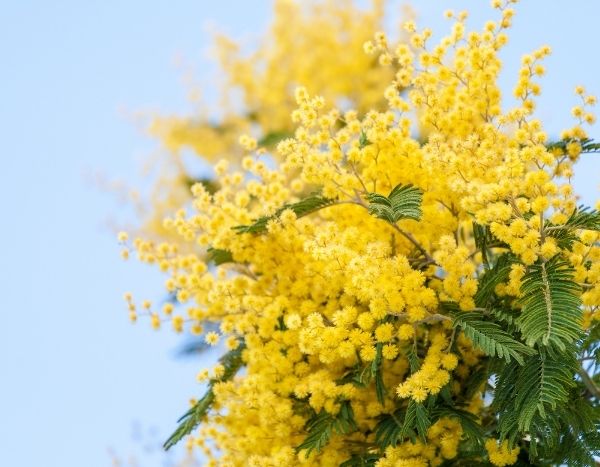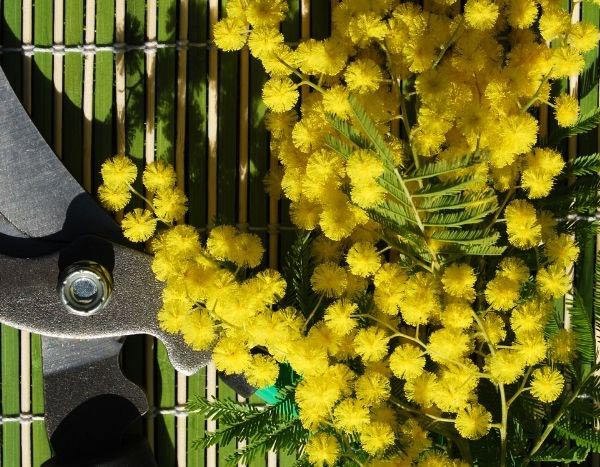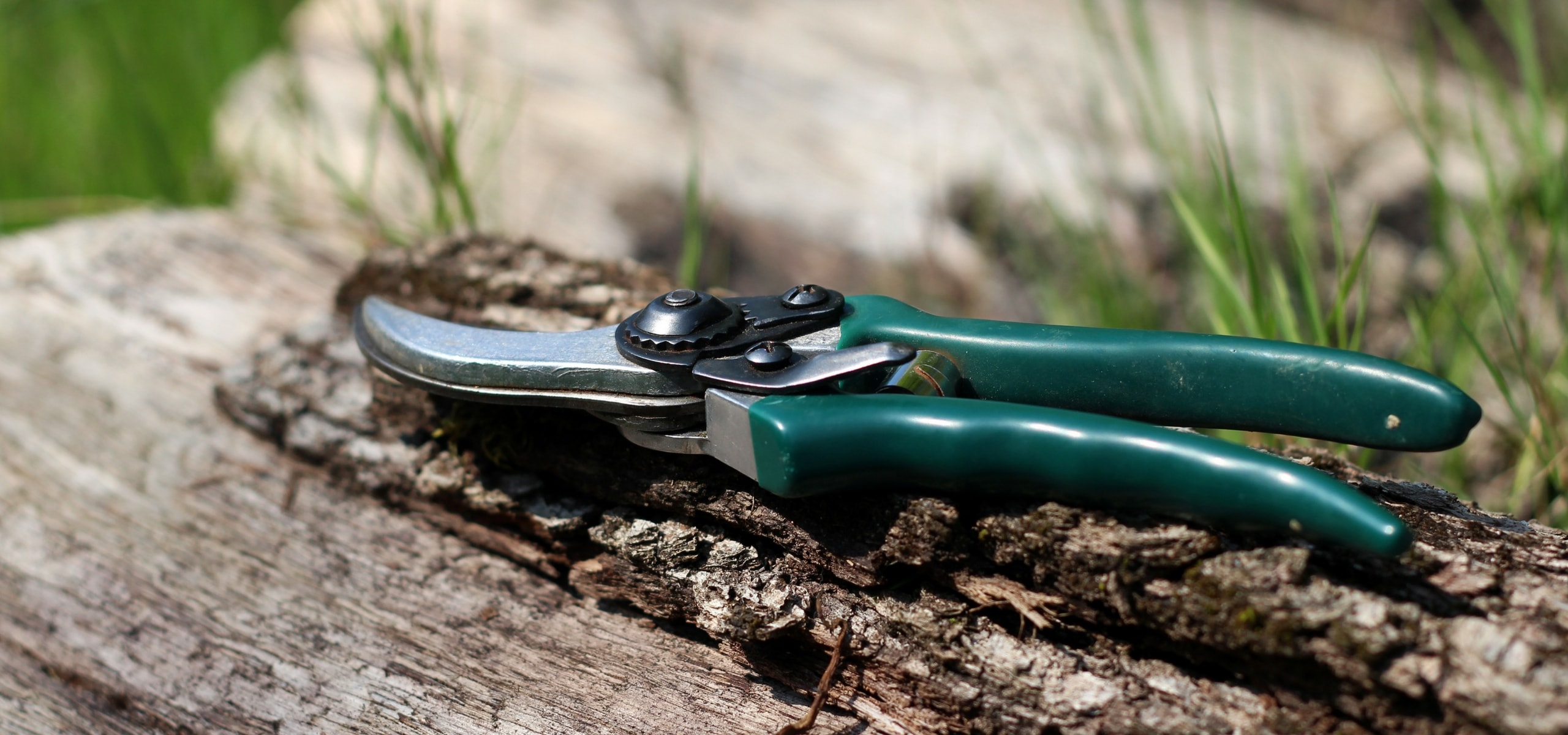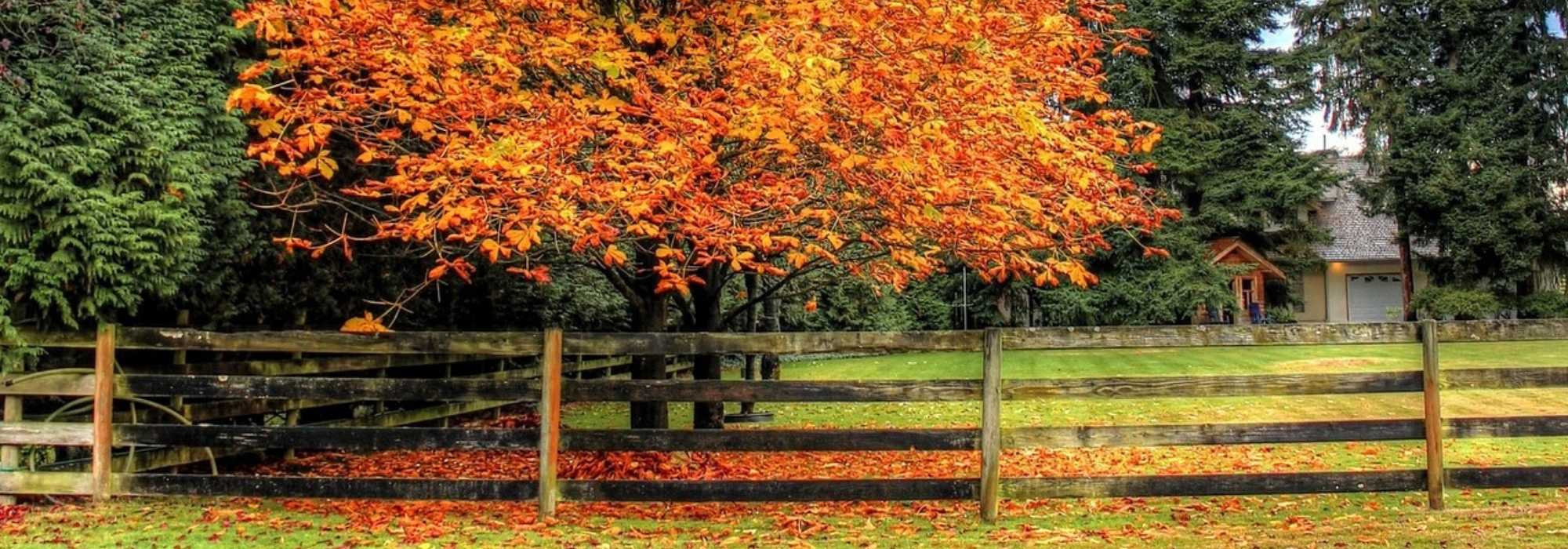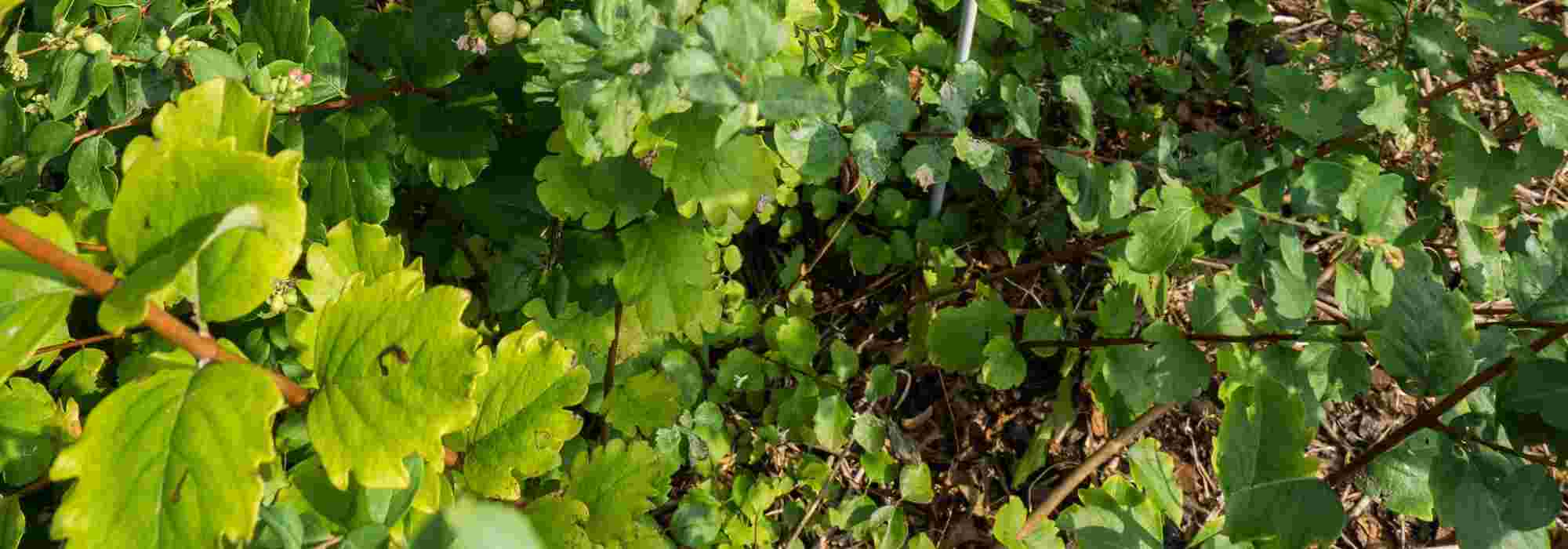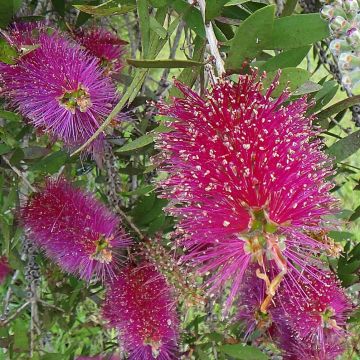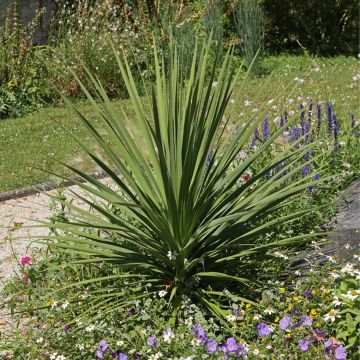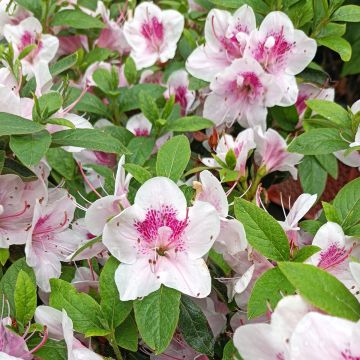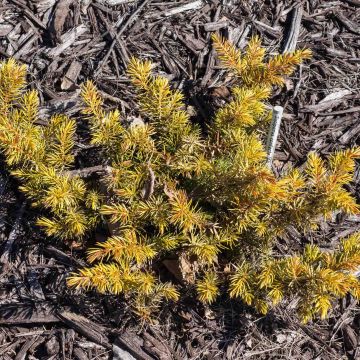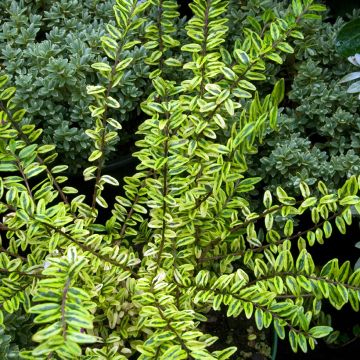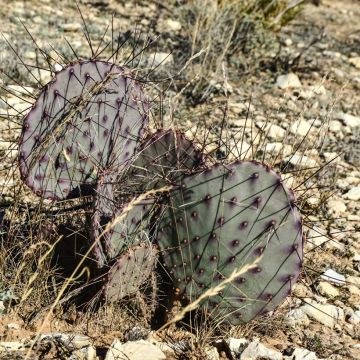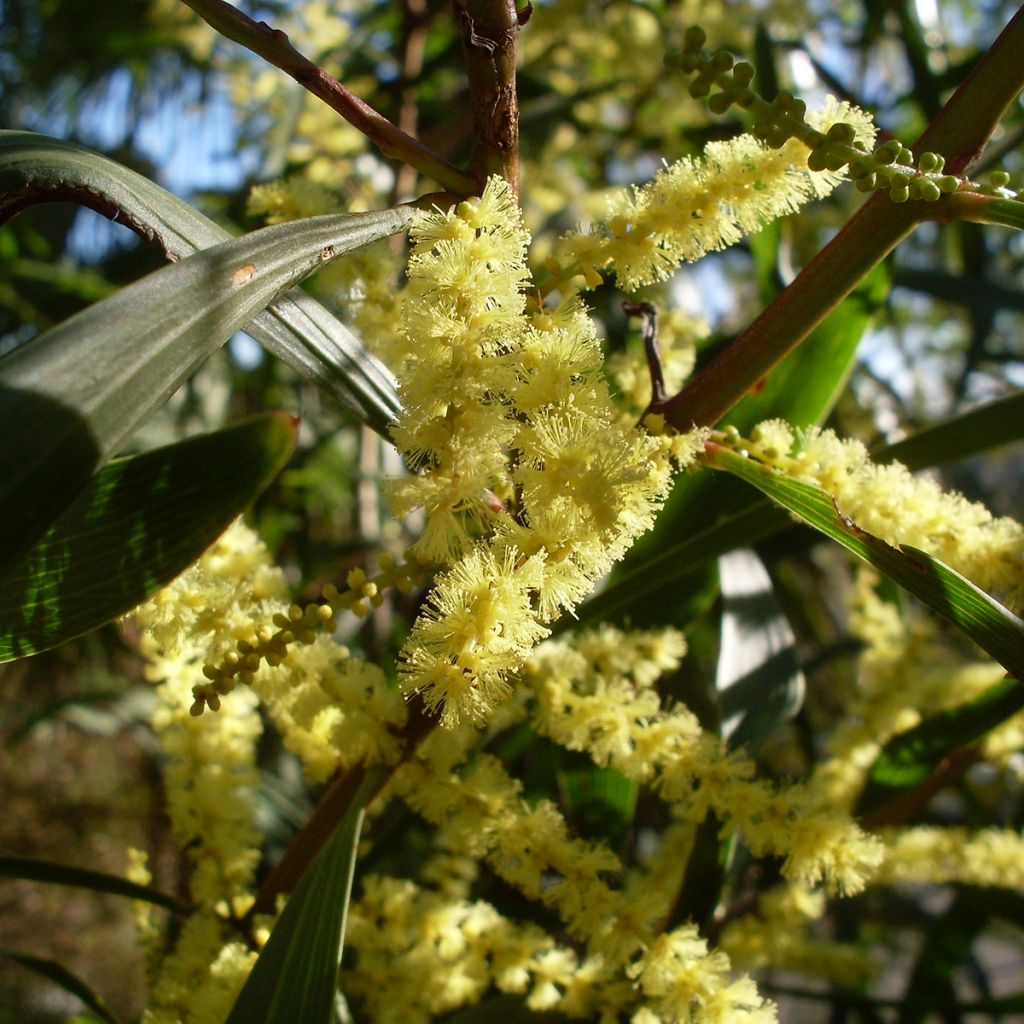

Mimosa à longues feuilles - Acacia longifolia
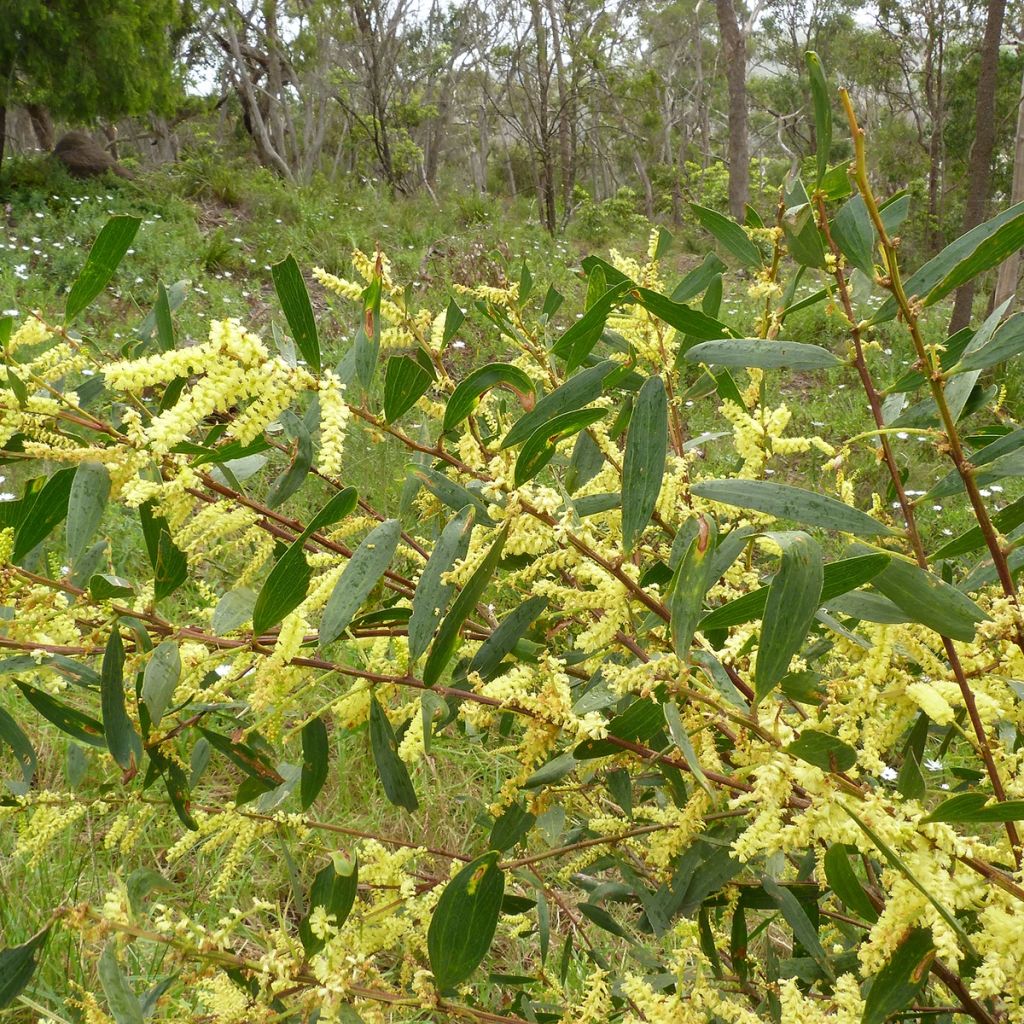

Mimosa à longues feuilles - Acacia longifolia
Acacia longifolia
Acacia longifolia
Mimosa, Sydney Golden Wattle, Long-leaved Wattle, Sallow Wattle, Coast Wattle
Special offer!
Receive a €20 voucher for any order over €90 (excluding delivery costs, credit notes, and plastic-free options)!
1- Add your favorite plants to your cart.
2- Once you have reached €90, confirm your order (you can even choose the delivery date!).
3- As soon as your order is shipped, you will receive an email containing your voucher code, valid for 3 months (90 days).
Your voucher is unique and can only be used once, for any order with a minimum value of €20, excluding delivery costs.
Can be combined with other current offers, non-divisible and non-refundable.
Home or relay delivery (depending on size and destination)
Schedule delivery date,
and select date in basket
This plant carries a 24 months recovery warranty
More information
We guarantee the quality of our plants for a full growing cycle, and will replace at our expense any plant that fails to recover under normal climatic and planting conditions.
Does this plant fit my garden?
Set up your Plantfit profile →
Description
Acacia longifolia is commonly called Caterpillar Mimosa due to the appearance of its flowers clustered in fluffy spikes resembling bright yellow soft and harmless caterpillars. Its other name, Long-leaved Mimosa, refers to the large size of its leaves called phyllodes. It is a small tree or large bush with a wide crown, which flowers in late winter or early spring and retains its foliage all year round. Highly prized in coastal areas for stabilising sandy soils and blocking the wind, it will also thrive as a solitary plant, in a hedge or near a patio. This species is not demanding in terms of soil, resistant to salt spray and summer drought, but sensitive to cold. In cooler regions, it can be grown in a large container that can be overwintered in a bright, frost-free room.
Mimosas should not be confused with the tree we call acacia. They belong to the Fabaceae family, just like alfalfa and lupins. Acacia longifolia is native to the eastern part of Australia, where it can be found on the coast or along watercourses, in sandy or loamy soils. This highly competitive species is now considered invasive in the Var and Alpes-Maritimes regions, where it tends to spread along riverbanks, especially after repeated fires that promote seed germination. An adult specimen can withstand temperatures as low as -8°C (17.6°F). Once well-rooted, it tolerates dry and hot summers well.
This Long-leaved Mimosa develops a short trunk topped with a wider-than-tall, often irregular and very dense canopy. Its growth is fast, reaching around 4.5m (15ft) in height with a spread of 5.5m (18ft). Its bark is dark purple-grey, and its young branches are red. The numerous flower buds appear from late summer. The flowering itself usually takes place in March-April, depending on the climate and weather conditions, and lasts about 3 weeks. The flower buds open into small round flowers, which are clusters of bright lemon-yellow stamens arranged on long 10cm (4in) spikes, solitary or paired at the axils of the leaves located towards the ends of the branches. They are scentless.
Its evergreen foliage consists of large, leathery leaves called phyllodes, which are ovate-lanceolate to linear in shape, alternate, narrow and 5 to 20cm (2 to 8in) long. The lamina is dark green.
When planted in the ground, it can be placed as a solitary specimen, in a hedge, or in a shrub border. In favourable climates, it is often used to create a superb vegetal screen that is very useful for windbreaks, either alone or in the company of olearias, for example. It can be planted as a second row. It pairs well with other exotic shrubs such as Caesalpinia gilliesii, evergreen ceanothus, escallonias, or Grevillea, for example. To accompany its early spring flowering, it can be planted with Prunus triloba, Japanese quinces, or Teucrium fruticans 'Azureum'. It can be grown in a pot, protecting it from winter frosts in a lightly heated greenhouse or conservatory.
Acacia longifolia in pictures




Plant habit
Flowering
Foliage
Botanical data
Acacia
longifolia
Fabaceae
Mimosa, Sydney Golden Wattle, Long-leaved Wattle, Sallow Wattle, Coast Wattle
Acacia latifolia
Cultivar or hybrid
Other Acacia - Wattle
View all →Planting and care
Plant in spring, in March or April, in a sunny position (or semi-shaded in warmer regions); autumn planting is reserved for regions with a very mild climate. Rooted in the ground, an adult specimen can withstand temperatures as low as -8°C (17.6°F) at its peak. It is sometimes grafted onto Acacia retinodes, which perishes below -5°C (23°F) if not well protected in winter: surround the rootstock with a thick layer of mulch doubled with a thick winter veil as a precaution. This bush is not demanding in terms of soil type, although it should be sufficiently well-draining. Its preference is for sandy or loamy soils, with deep moisture (along river banks). Once established, it tolerates drought, so watering is not necessary when grown in open ground. Pruning is advised after flowering: shorten the branches that have bloomed by about half their length. This prevents the formation of pods that unnecessarily exhaust the plant and limits seed dispersal.
Mimosa is sensitive to cold; as soon as temperatures approach 0°C (32°F), it is advisable to apply a thick mulch around its base to protect the rootstock and roots, and cover it with a winter veil.
In the case of container cultivation, repot every two years in a large pot in spring. Water regularly, ensuring the root ball does not completely dry out between waterings. In colder regions, it should be overwintered in a bright and cool but frost-free location.
The combination of heat and humidity can promote the sudden and unexplained decline of a seemingly healthy mimosa: in this case, the culprits are either Cylindrocladium, a microscopic fungus that attacks the plant's collar, causing it to turn black, or Phytophthora, which penetrates through the roots and kills the plant within a few days. Mimosas grafted onto Acacia retinodes are well adapted to summer drought and poor, calcareous soils, but they do not tolerate permanently moist soil, especially in hot weather.
Other pests of this mimosa are psyllid (false aphid), frosted leafhopper (Metcalfa pruinosa), and Australian scale insect (Icerya purchasi) which are white, fluffy and cottony. To limit their development, spray with nettle manure or diluted black soap at 5%. Treatment with white oils is also effective. Carry out a daily thorough inspection of the branches, accompanied, if necessary, by manual collection of the scale insects (if you have the courage). The Australian ladybird (Rodolia cardinalis) is highly effective in combating the Australian scale insect.
Planting period
Intended location
Care
Planting & care advice
This item has not been reviewed yet - be the first to leave a review about it.
Similar products
Haven't found what you were looking for?
Hardiness is the lowest winter temperature a plant can endure without suffering serious damage or even dying. However, hardiness is affected by location (a sheltered area, such as a patio), protection (winter cover) and soil type (hardiness is improved by well-drained soil).

Photo Sharing Terms & Conditions
In order to encourage gardeners to interact and share their experiences, Promesse de fleurs offers various media enabling content to be uploaded onto its Site - in particular via the ‘Photo sharing’ module.
The User agrees to refrain from:
- Posting any content that is illegal, prejudicial, insulting, racist, inciteful to hatred, revisionist, contrary to public decency, that infringes on privacy or on the privacy rights of third parties, in particular the publicity rights of persons and goods, intellectual property rights, or the right to privacy.
- Submitting content on behalf of a third party;
- Impersonate the identity of a third party and/or publish any personal information about a third party;
In general, the User undertakes to refrain from any unethical behaviour.
All Content (in particular text, comments, files, images, photos, videos, creative works, etc.), which may be subject to property or intellectual property rights, image or other private rights, shall remain the property of the User, subject to the limited rights granted by the terms of the licence granted by Promesse de fleurs as stated below. Users are at liberty to publish or not to publish such Content on the Site, notably via the ‘Photo Sharing’ facility, and accept that this Content shall be made public and freely accessible, notably on the Internet.
Users further acknowledge, undertake to have ,and guarantee that they hold all necessary rights and permissions to publish such material on the Site, in particular with regard to the legislation in force pertaining to any privacy, property, intellectual property, image, or contractual rights, or rights of any other nature. By publishing such Content on the Site, Users acknowledge accepting full liability as publishers of the Content within the meaning of the law, and grant Promesse de fleurs, free of charge, an inclusive, worldwide licence for the said Content for the entire duration of its publication, including all reproduction, representation, up/downloading, displaying, performing, transmission, and storage rights.
Users also grant permission for their name to be linked to the Content and accept that this link may not always be made available.
By engaging in posting material, Users consent to their Content becoming automatically accessible on the Internet, in particular on other sites and/or blogs and/or web pages of the Promesse de fleurs site, including in particular social pages and the Promesse de fleurs catalogue.
Users may secure the removal of entrusted content free of charge by issuing a simple request via our contact form.
The flowering period indicated on our website applies to countries and regions located in USDA zone 8 (France, the United Kingdom, Ireland, the Netherlands, etc.)
It will vary according to where you live:
- In zones 9 to 10 (Italy, Spain, Greece, etc.), flowering will occur about 2 to 4 weeks earlier.
- In zones 6 to 7 (Germany, Poland, Slovenia, and lower mountainous regions), flowering will be delayed by 2 to 3 weeks.
- In zone 5 (Central Europe, Scandinavia), blooming will be delayed by 3 to 5 weeks.
In temperate climates, pruning of spring-flowering shrubs (forsythia, spireas, etc.) should be done just after flowering.
Pruning of summer-flowering shrubs (Indian Lilac, Perovskia, etc.) can be done in winter or spring.
In cold regions as well as with frost-sensitive plants, avoid pruning too early when severe frosts may still occur.
The planting period indicated on our website applies to countries and regions located in USDA zone 8 (France, United Kingdom, Ireland, Netherlands).
It will vary according to where you live:
- In Mediterranean zones (Marseille, Madrid, Milan, etc.), autumn and winter are the best planting periods.
- In continental zones (Strasbourg, Munich, Vienna, etc.), delay planting by 2 to 3 weeks in spring and bring it forward by 2 to 4 weeks in autumn.
- In mountainous regions (the Alps, Pyrenees, Carpathians, etc.), it is best to plant in late spring (May-June) or late summer (August-September).
The harvesting period indicated on our website applies to countries and regions in USDA zone 8 (France, England, Ireland, the Netherlands).
In colder areas (Scandinavia, Poland, Austria...) fruit and vegetable harvests are likely to be delayed by 3-4 weeks.
In warmer areas (Italy, Spain, Greece, etc.), harvesting will probably take place earlier, depending on weather conditions.
The sowing periods indicated on our website apply to countries and regions within USDA Zone 8 (France, UK, Ireland, Netherlands).
In colder areas (Scandinavia, Poland, Austria...), delay any outdoor sowing by 3-4 weeks, or sow under glass.
In warmer climes (Italy, Spain, Greece, etc.), bring outdoor sowing forward by a few weeks.






























